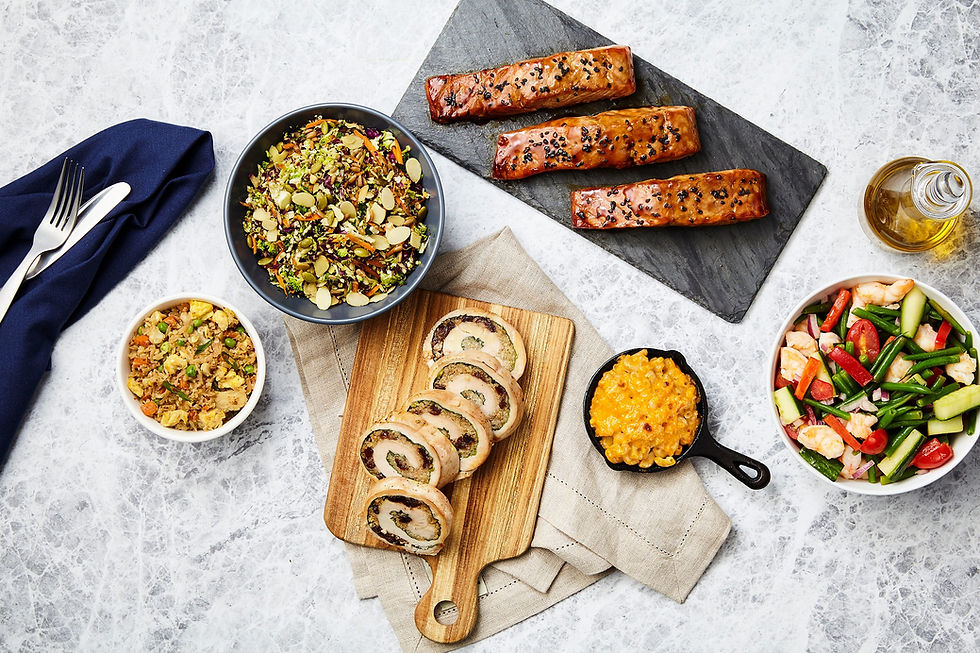
Food Safety While Traveling
Dietary choices while abroad can significantly impact health outcomes, particularly in regions with limited food safety regulations. Careful selection and preparation of food items can help reduce the risk of gastrointestinal illness and foodborne infections.
Recommendations for safer eating include:
-
Consume food that is thoroughly cooked and served hot. Freshly prepared meals that are still steaming are generally the safest, as high temperatures help destroy most harmful microorganisms.
-
Avoid raw or undercooked animal products. Meats, seafood, and eggs that are not fully cooked may carry pathogens. Unless certain of strict hygiene practices, items such as rare steak, sushi, or raw shellfish should be avoided.
-
Exercise caution with street food. Street vendors may operate under variable sanitation standards. Prioritize stalls with visible cleanliness, high customer turnover, and safe handling practices.
-
Peel your own fruits and vegetables. Fruits with a natural protective peel (e.g., bananas, oranges) are preferable. Pre-sliced or washed produce may have been rinsed with contaminated water.
-
Avoid dairy products unless pasteurized. Unpasteurized milk, cheese, or yogurt can harbor bacteria and should be avoided unless properly labeled and stored.

Eat & Drink Safely
A Guide for Staying Healthy Abroad
Traveling to new destinations offers exciting opportunities to explore different cultures, cuisines, and landscapes. However, if you are not cautious, consuming unfamiliar food and water sources can pose health risks. One of the most common issues faced by travelers is foodborne and waterborne illnesses. They often lead to unpleasant conditions like traveler’s diarrhea, hepatitis A, or parasitic infections. However, with just a few simple precautions, you can significantly reduce your risk while enjoying a safe and healthy journey.
Understand the Risks
Intake of contaminated food and water in new places can contain bacteria, viruses, or parasites that your immune system may not have been previously exposed to. These microbes can cause gastrointestinal upset and other serious health issues. Common culprits include raw or undercooked meat and seafood, unwashed fruits and vegetables, tap water, and beverages with ice made from unsafe water.
Regions with limited sanitation, such as parts of Africa, Asia, Latin America, and the Middle East pose a higher risk. Therefore, it is essential to always research the food and water safety situation of your destination while you plan your travel.
Water Safety Practices
Contaminated water is a frequent source of illness for travelers. Taking precautions with drinking water and water used for hygiene can significantly lower infection risk.
Key guidelines include:
-
Choose bottled water from sealed containers. Inspect the seal for tampering. Stick to recognized brands whenever possible.
-
Use purification methods when needed. In areas where bottled water is not available, boil water for at least one minute or use chemical purifiers and portable filtration devices.
-
Avoid ice in beverages. Ice is often produced from untreated tap water. Request drinks without ice, especially in high-risk locations.
-
Brush teeth with safe water. Even small exposures can introduce harmful microbes. Use bottled or purified water for oral hygiene routines.
-
Do not swallow water while swimming. Lakes, rivers, and even hotel pools may be contaminated with pathogens, especially in regions with limited water treatment infrastructure.
Additional Hygiene and Preventive Measures
-
Carry alcohol-based hand sanitizer and use it before meals. Maintaining clean hands reduces the likelihood of ingesting harmful microorganisms.
-
Check for visible food safety certifications or hygiene scores when dining in restaurants. These can offer some insight into local standards.
-
Consult with a travel health provider before departure. Vaccines such as hepatitis A and typhoid, as well as medications for traveler’s diarrhea, may be recommended depending on the destination and planned activities.
